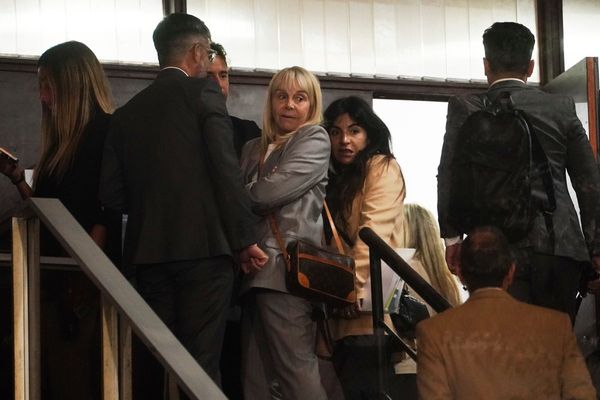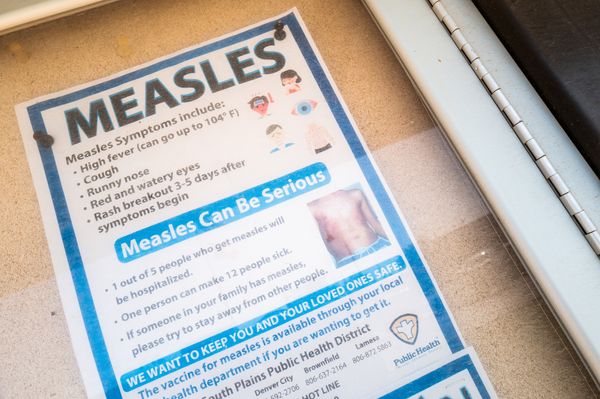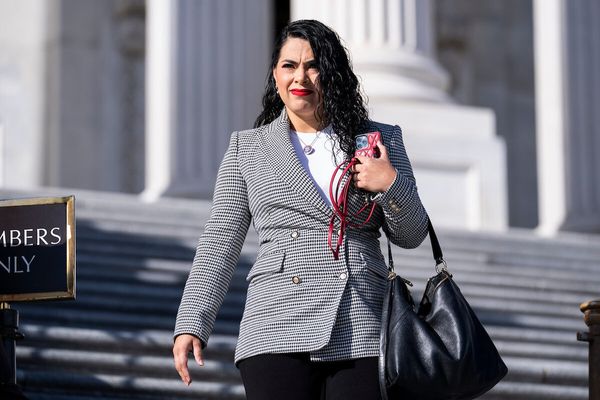The idea to take some savings from billionaire Elon Musk’s drive to cut government spending and return it to taxpayers has received President Donald Trump’s enthusiastic endorsement.
“I love it,” he said late on Wednesday, when asked about the proposal that started on social media.
So, will it happen?
If Musk’s target of $2 trillion in spending cuts is achieved by next year, supporters of the idea say that about one-fifth of those funds could be distributed to taxpaying households in checks of about $5,000.
But before you start planning for a windfall, budget experts say such huge savings — nearly one-third of the federal government’s annual spending — are highly unlikely. And sending out a round of checks — similar to the stimulus payments distributed by Trump and then President Joe Biden during the pandemic — could fuel inflation, economists warn, though White House officials dismiss that concern.
With the annual budget deficit at $1.8 trillion last year and Trump proposing extensive tax cuts, there will also be significant pressure to use all the savings to reduce that deficit, rather than pass on part of it.
Here’s what to know about the proposal:
Where is this coming from?
James Fishback, founder of investment firm Azoria Partners which launched at Trump’s Mar-a-Lago estate in Florida, promoted the idea Tuesday on X, prompting Musk to respond that he would “check with the president.”
Fishback said there have also been “behind the scenes” conversations about the issue with White House officials.
Musk has estimated that his Department of Government Efficiency has cut $55 billion so far — a tiny fraction of the $6.8 trillion federal budget.
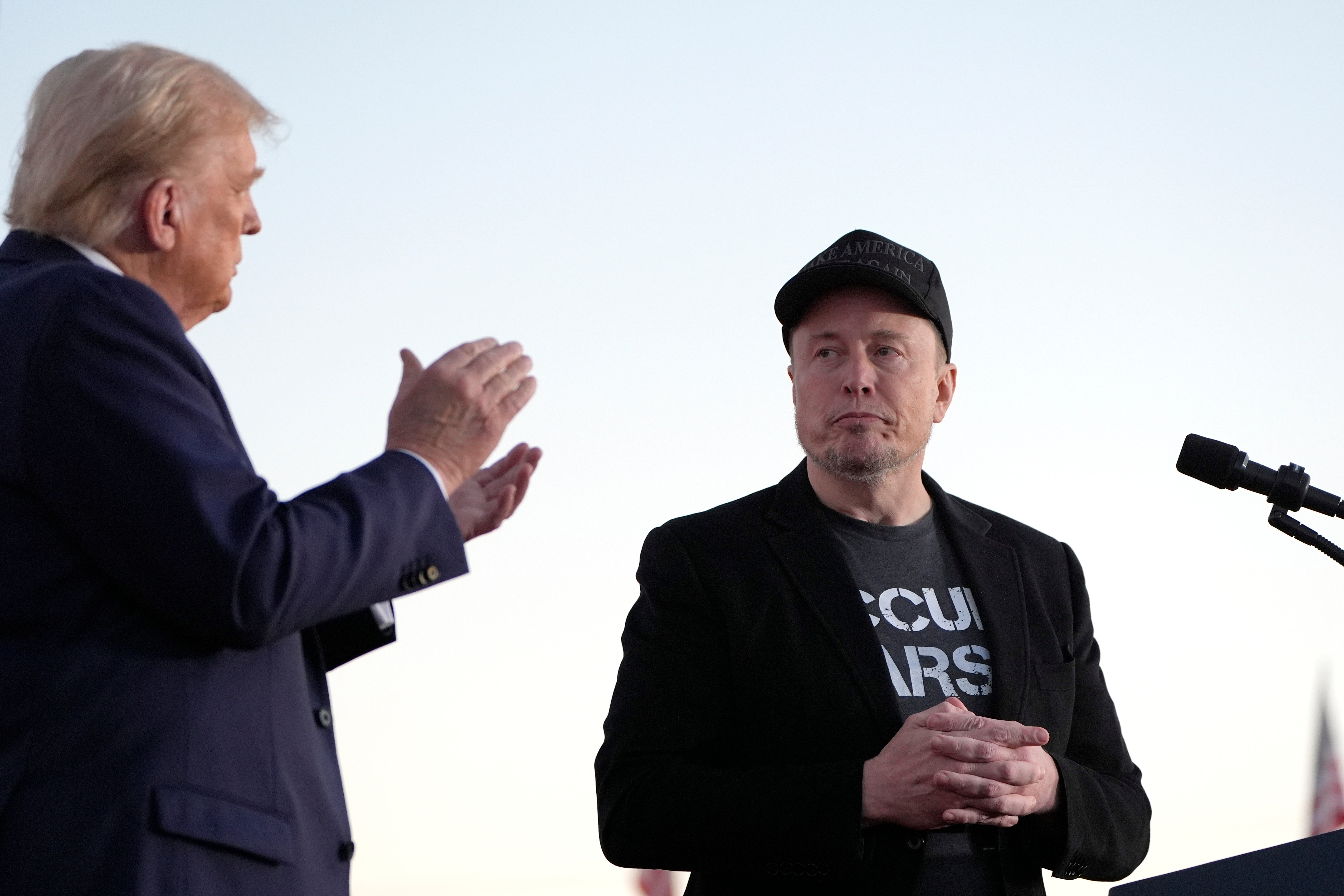
But DOGE’s public statements so far haven’t verified the presumed savings, and its claims that tens of millions of dead people are fraudulently receiving Social Security have been disproven.
Fishback supports having the nonpartisan Congressional Budget Office determine how much DOGE saved. If DOGE cuts $500 billion by July 2026, he said, then the checks would be $1,250, rather than $5,000.
“We uncovered enormous waste, fraud and abuse,” Fishback said in an interview with The Associated Press. “And we are going to make good and pay restitution and then rewrite the social contract between the taxpayer and the federal government.”
Fishback supports sending out checks, rather than using all the money to reduce the deficit, because it would encourage Americans to seek out wasteful government spending “in their communities, and report it to DOGE.”
When am I going to get my check?
OK, let’s slow down.
According to the proposal, DOGE must first complete its work, slated to be done by July 2026. Once that happens, one-fifth of any savings could be distributed later that year to the roughly 79 million households that pay income taxes. About 40 per cent of Americans don’t pay such taxes, so they wouldn’t get a check.
How much can DOGE really save?
Color most economists and budget experts skeptical that its focus on “waste, fraud, and abuse” can actually reduce government spending by much. Budget-cutters from both parties have sought to eliminate “waste” — which doesn’t have much of a political constituency — for decades, with little success in reducing the deficit.
One of the biggest moves by the Trump administration so far has been to fire tens of thousands of government workers, but such changes aren’t likely to produce big savings.
“Only a small share of total spending goes to federal employees,” said Douglas Elmendorf, former director of the Congressional Budget Office.
“The big money is in federal benefits and in federal taxes and those are not in DOGE’s purview.”
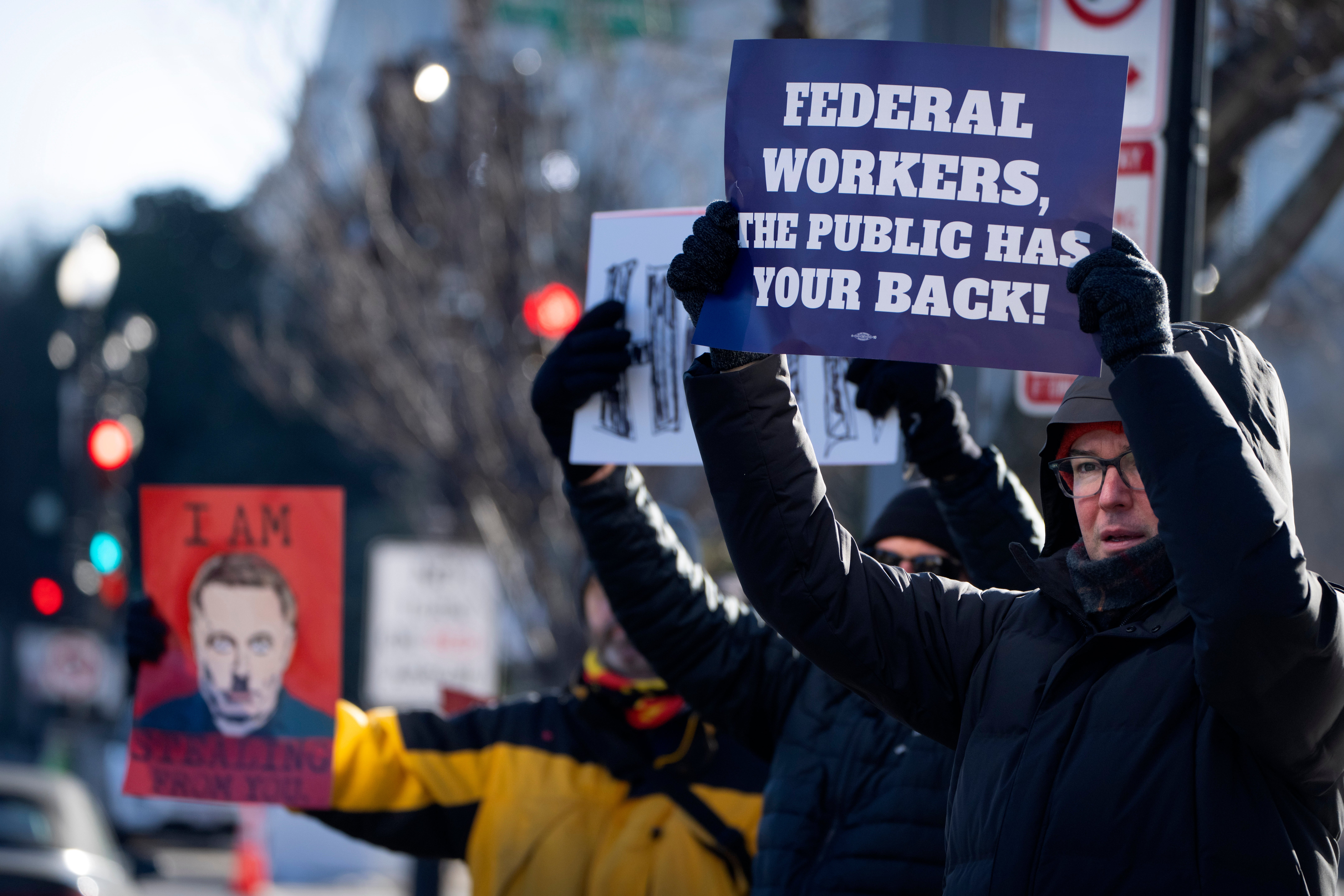
In November, John DiIulio Jr., a political scientist at the University of Pennsylvania, wrote in an essay for the Brookings Institution that “eliminating the entire federal civilian workforce would leave in place about 95 per cent of all federal spending and the $34 trillion national debt.’’
DiIulio noted that government contractors and nonprofits that receive government funds now employ three times as many people as the federal government’s 2.2 million employees.
It’s also not clear how much in savings can be achieved without Congress codifying it in law.
“Firing someone doesn’t save money until Congress comes back and reduces the appropriation for that employee’s agency,” Emendorf said.
“If you fire somebody but leave the appropriation where it is, then ... that money can be spent on something else. So DOGE can’t really achieve savings until there’s legislative change as well.”
Wouldn’t another round of government checks contribute to higher inflation?
Trump and his economists blame Biden’s $1,200 stimulus checks, distributed in the spring of 2021, for fueling the worst spike in inflation in four decades. Yet they maintain that sending checks stemming from reduced government spending wouldn’t boost inflation.
Kevin Hassett, director of the White House’s National Economic Council, said Thursday that since the money would have been spent by the government anyway, having it spent by consumers would be a wash. Biden and Trump’s stimulus checks during the pandemic were deficit-financed, which can be more inflationary.
But Ernie Tedeschi, director of economics at the Yale Budget Lab, and an economist in the Biden White House, said that more government checks are “the last thing we need economically right now.”
The U.S. unemployment rate is now much lower than in 2021, Tedeschi said, which means that businesses could struggle to hire enough workers to meet the additional demand created by a round of checks. Worker shortages can push up prices.
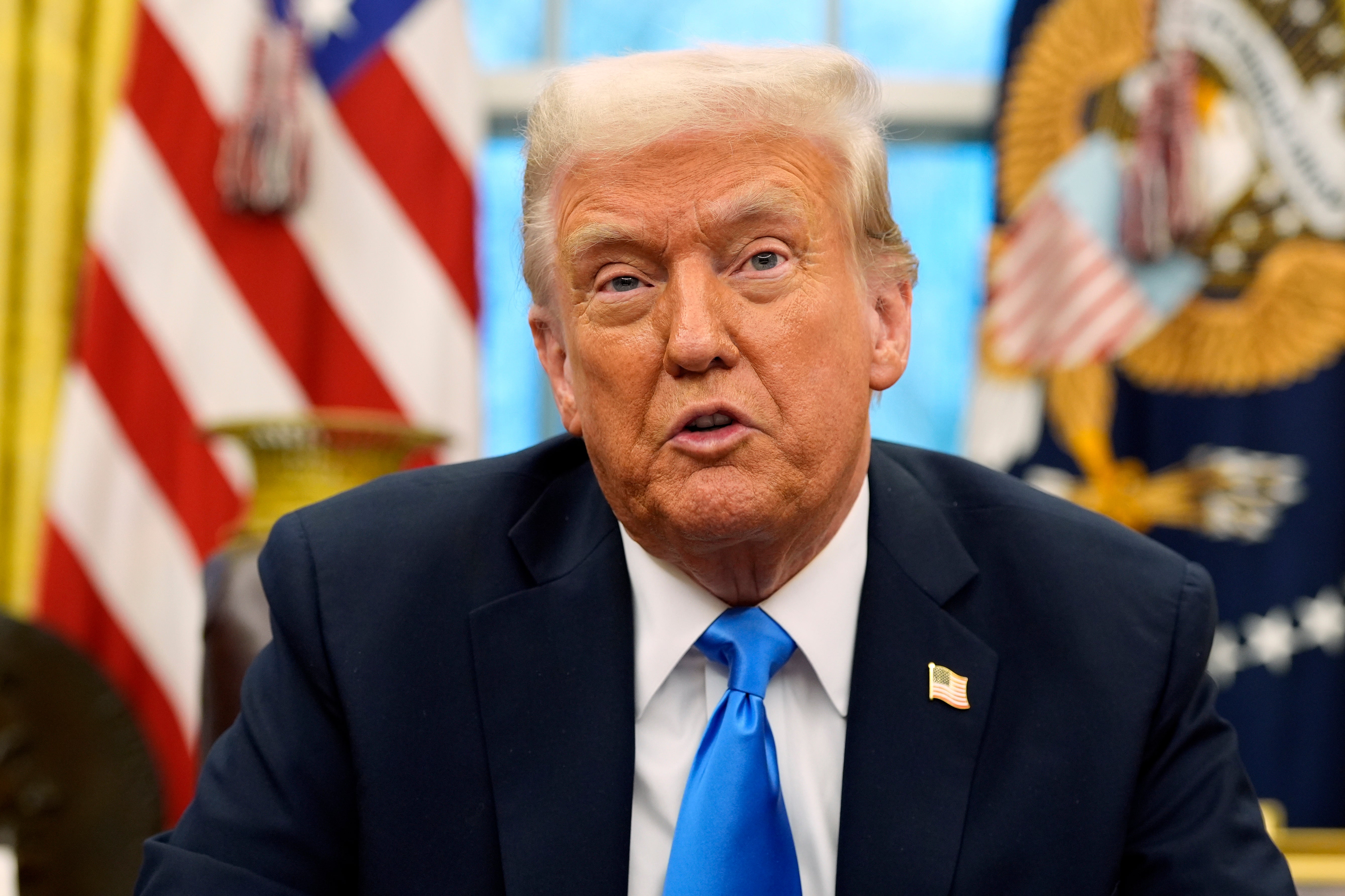
Yet some Democrats agree with Hassett, but for different reasons.
“I can’t imagine they’d be inflationary because I can’t imagine they’d be big enough,’’ said Elaine Kamarck, senior fellow in governance studies at the Brookings Institution.
Kamarck, who worked with Vice President Al Gore to cut government waste in the Clinton administration, dismissed the DOGE dividend as “ridiculous.”
“There’s no money there, and certainly not enough money to make a big contribution to taxpayers,” she said.
“The guy just says things,” she added, referring to Musk.


